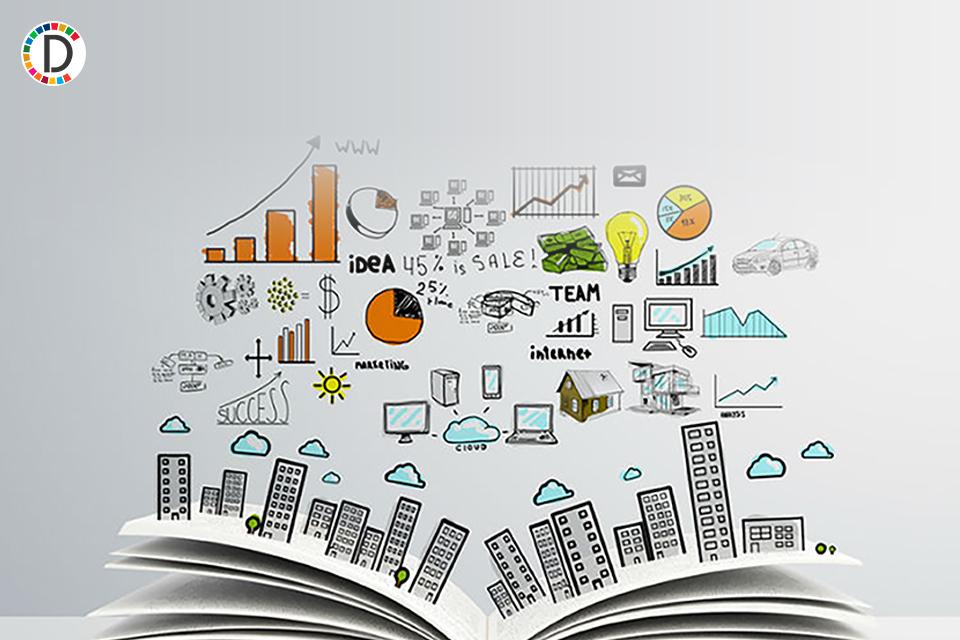WRAPUP 2-Strained supply chains keep U.S. producer prices hot
U.S. producer prices increased solidly in August, leading to the biggest annual gain in nearly 11 years, suggesting that high inflation is likely to persist for a while as the unrelenting COVID-19 pandemic continues to pressure supply chains. Strong demand and supply constraints were underscored by other data on Friday showing the pace of inventory accumulation at wholesalers slowed in July.

U.S. producer prices increased solidly in August, leading to the biggest annual gain in nearly 11 years, suggesting that high inflation is likely to persist for a while as the unrelenting COVID-19 pandemic continues to pressure supply chains.
Strong demand and supply constraints were underscored by other data on Friday showing the pace of inventory accumulation at wholesalers slowed in July. It is now taking wholesalers the fewest months in seven years to clear shelves. "Supply chain bottlenecks have persisted longer and more intensely than most predicted at the beginning of this year, and widespread labor shortages are among the main input issues producers are dealing with," said Will Compernolle, a senior economist at FHN Financial in New York. "This means consumer price inflation should remain elevated for a while."
The producer price index for final demand rose 0.7% last month after two straight monthly increases of 1.0%, the Labor Department said. The gain was led by a 0.7% advance in services following a 1.1% jump in July. A 1.5% increase in trade services, which measure changes in margins received by wholesalers and retailers, accounted for two-thirds of the broad rise in services. Goods prices jumped 1.0% after climbing 0.6% in July, with food rebounding 2.9%.
Transportation and warehousing prices shot up 2.8%. The latest global wave of COVID-19 infections, driven by the Delta variant of the coronavirus, has disrupted production at factories in Southeast Asia, key raw materials suppliers for manufactures in the United States. Congestion at Chinese ports is also adding to the pressure on U.S. supply chains.
In the 12 months through August, the PPI accelerated 8.3%, the biggest year-on-year advance since November 2010 when the series was revamped, after surging 7.8% in July. Economists polled by Reuters had forecast the PPI gaining 0.6% on a monthly basis and rising 8.2% year-on-year.
Stocks on Wall Street were lower. The dollar was steady against a basket of currencies. U.S. Treasury prices fell. LOGISTICS DELAYS
Though surveys from the Institute for Supply Management this month showed measures of prices paid by manufacturers and services industries fell significantly in August, they remained elevated. Factories and services providers still struggled to secure labor and raw materials, and faced logistics delays. This was corroborated by the Federal Reserve's Beige Book report on Wednesday compiled from information collected on or before Aug. 30 showing "contacts reported generally higher input prices but, as with labor, they were mostly concerned about getting the supplies they needed versus the price."
The supply bottlenecks are making it harder for businesses to restock after running down inventories in the first half of the year. In a separate report on Friday, the Commerce Department said wholesale inventories rose 0.6% in July after surging 1.2% in June. Sales increased 2.0%. At July's sales pace it would take wholesalers 1.20 months to clear shelves, the fewest since July 2014, from 1.22 in June. "Producers are struggling to replenish their stockpiles against surging demand," said Matt Colyar, an economist at Moody's Analytics in West Chester, Pennsylvania.
With inventories tight, producers are easily passing on the higher costs to consumers. Federal Reserve Chair Jerome Powell has steadfastly maintained that high inflation is transitory. Though most economists share this view, some argue that strong wage growth from a tightening labor market suggests inflation could be more persistent.
"Today's data on wholesale prices should be eye-opening for the Fed, as inflation pressures still don't appear to be easing and will likely continue to be felt by the consumer in the coming months," said Charlie Ripley, senior investment strategist at Allianz Investment Management. The Fed's preferred inflation measure for its flexible 2% target, the core personal consumption expenditures price index, increased 3.6% in the 12 months through July after a similar gain in June. Data next week will likely show the consumer price index rising 0.4% in August and increasing 5.3% on a year-on-year basis, according to a Reuters survey.
High inflation and supply constraints, which tanked motor vehicle sales in August, have prompted economists to slash their third-quarter gross domestic product growth estimates to as low as a 3.5% annualized rate from as high as 8.25%. The economy grew at a 6.6% rate in the second quarter. "The danger with inflation is once prices go up, they don't go back down and the economy and producers and consumers all have to live in a costlier world where many don't have the means to do more than just barely survive," said Chris Rupkey, chief economist at FWDBONDS in New York.
There are, however, signs that inflation is likely nearing its peak. Excluding the volatile food, energy and trade services components, producer prices rose 0.3%, the smallest gain since last November. The so-called core PPI shot up 0.9% in July. In the 12 months through August, the core PPI accelerated 6.3%. That was the largest rise since the government introduced the series in August 2014 and followed a 6.1% increase in July.
Details of the PPI components, which feed into the core PCE price index, were mixed. Healthcare costs fell 0.2%. Portfolio management fees rose 1.1% and airline tickets increased 8.9% after soaring 9.1% in July. "Soft medical services suggest that evidence of persistently stronger inflation in PCE may be more limited," said Andrew Hollenhorst, chief U.S. economist at Citigroup in New York.
(This story has not been edited by Devdiscourse staff and is auto-generated from a syndicated feed.)










